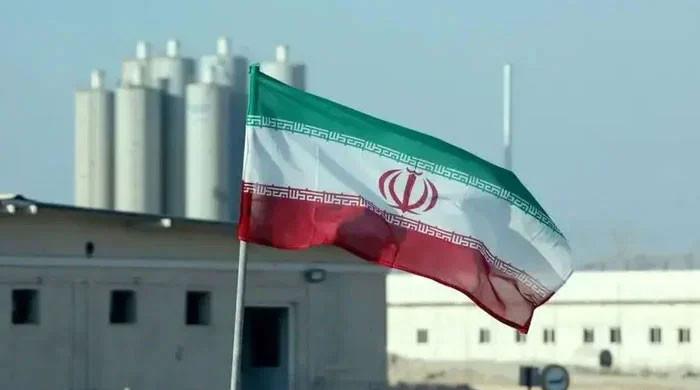Washington: The United States has launched air strikes on Iranian nuclear installations, President Donald Trump said on Saturday that it was a “very successful attack” and confirming that all American planes were safe on the way back.
Trump had spent weeks attempting to rekindle a diplomatic agreement to replace the nuclear agreement with Tehran, from which he withdrew in 2018. But he now supported the Israeli military campaign against Iranian nuclear infrastructure and the main military leaders, who started just over a week ago.
AFP looks at what we know so far on the United States on Iran:
Targets
Trump said the United States struck three of the main Iranian nuclear sites: Fordow, Natanz and Isfahan. He said Fordow had been struck by a “complete bombs.”
Fordow – Built in violation of United Nations resolutions – is built under a mountain near the holy city of Qom and was a key enrichment site capable of staying around 3,000 centrifuges.
Centrifuges are used to enrich uranium for civil and military purposes, with high -level enrichment necessary to produce nuclear weapons.
Due to its deep underground location, Fordow had long posed a challenge for Israeli forces, which do not have the bunker ammunition necessary to effectively strike the site.
Natanz is the main center of Iranian uranium enrichment, housing nearly 70 centrifugal waterfalls in two major plants. Isfahan hosts a uranium conversion installation and a nuclear fuel manufacturing plant.
Ammunition
Trump did not specify the exact weapons used in the strikes, but the experts suggest that the American Bunker American Bunker GBU -57 bomb – an American bunker bomb of 30,000 pounds (13,600 kilograms) was probably deployed to destroy Fordow.
Officially known as the massive ammunition penetrator, GBU-57 is designed to dig as deeply as 200 feet (60 meters) underground before exploding, unlike conventional bombs which explode on or almost an impact.
GBU-57 tests started in 2004 and Boeing obtained a contract in 2009 to finalize its integration with appropriate planes.
The plane
The only plane capable of transporting and deploying GBU-57 is the B-2 Spirit, a stealthy long American bomber that can transport two of these weapons.
Before strikes, the flight tracking platforms and the American media reported the movement of several B-2 bombers starting from a Missouri base.
The B-2, with a fork of 6,000 naval miles (9,600 kilometers) without refueling, is designed to “penetrate the most advanced defenses of an enemy and strike its most precious and strongly fortified targets”, according to the American army.
The B-2 was unveiled publicly in 1988 and flew for the first time in 1989. Its first operational delivery came in 1993. The plane was used in military operations in Kosovo, Afghanistan and Iraq.
What happens next?
Trump called on Iran to “agree to end this war”, urging that “now is the time of peace”.
However, it is not yet clear if strikes will lead Iran to step back or increase the conflict.
If Iran chooses to respond, this can do so by targeting American military staff through the Middle East, or trying to block the Hormuz Strait – a vital shipping route through which a fifth of the world passes on petroleum food.




